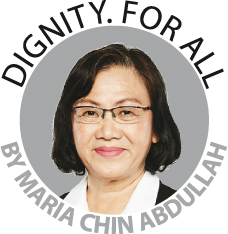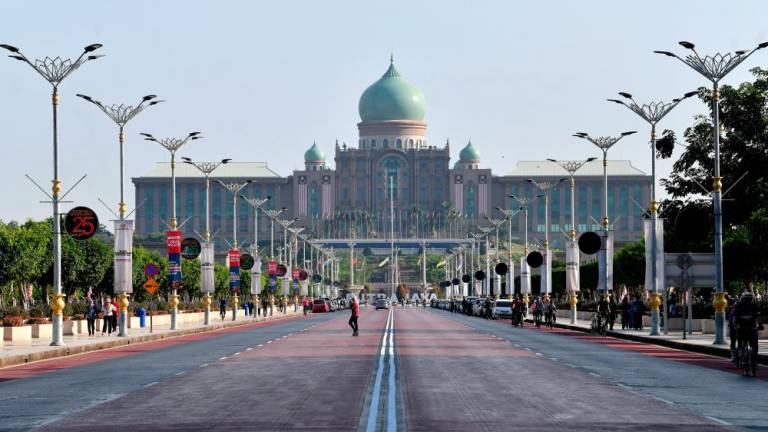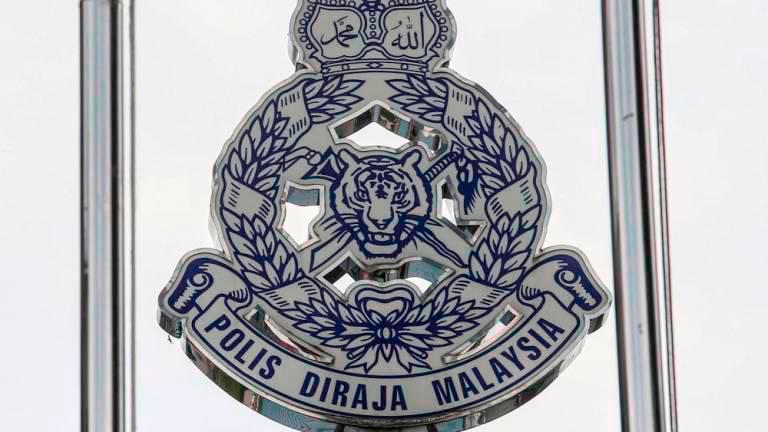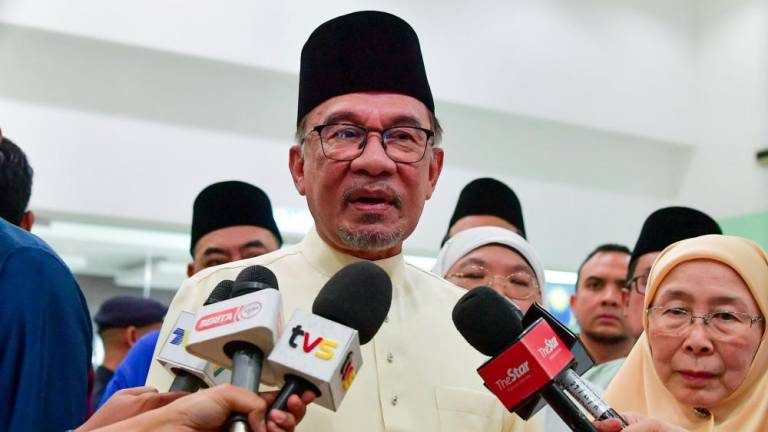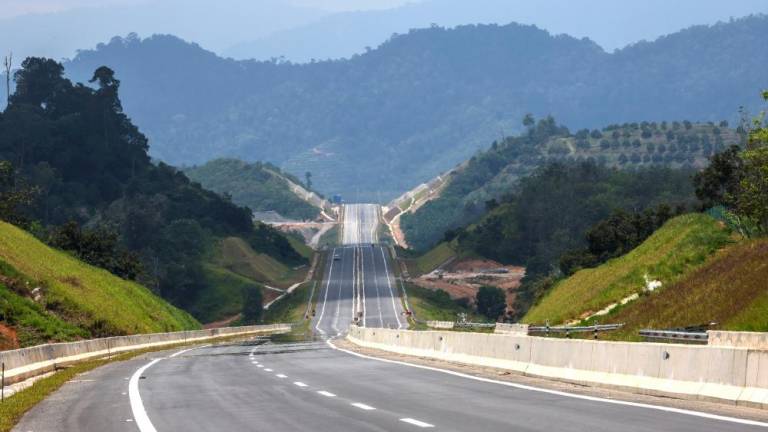THERE is no quick and reliable way for me to use public transport to get from one end of my constituency at Section 19, Petaling Jaya to the other end at Glenmarie, Shah Alam. The journey takes hours and involves multiple stops, long waiting periods, and unless you are familiar with the routes, some time would be spent figuring out the right bus to take.
Many areas in the Klang Valley are still unconnected and we need to recognise that not everyone has equal access to transport. People in low-income high-rises, people with disabilities and the elderly are often restricted to their homes and are deprived of mobility because of a lack of access to public transport.
Another big problem is the lack of connectivity between routes. Bus routes are not always connected to the MRT, or LRT networks. Both lines pass through my constituency and yet, for someone in Section 51A, Desa Mentari or Taman Dato Harun to get to these lines quickly using public transport can be a nightmare.
I am glad that the Transport Ministry under its National Transport Plan (NTP) 2019 is hoping to encourage the use of public transport and will prioritise public transport networks as a fundamental structure in urban areas.
Another important element in the plan is its integration with the National Urbanisation Policy and the National Housing Policy to ensure development guidelines integrate land use and public transport.
Many housing projects are developed without considering access to important services such as hospitals, schools and government offices. In Petaling Jaya, areas such as the Desaria Flats are not connected to any major public transport route.
Although some routes connect to these high-density low-income areas, many buses end up avoiding these areas because the drivers cannot navigate the narrow streets lined with illegally parked vehicles.
The poorest in society are most affected by this as they must spend more to commute longer distances because there are not enough jobs where they live.
While looking towards the gig economy with the proposed bike and recently the bus e-hailing services for less connected areas might provide some relief, it does not cater to everyone; that is the disabled, the elderly and the technologically challenged.
Most major cities worldwide still rely on public transport and we do not have a good enough excuse to so readily gamble away our public transport in favour of e-hailing applications.
Every year more and more new vehicles fill congested roads in Malaysia.
Despite years of incentives, including free bus services such as PJ City Bus and Go KL City Bus and last year’s My50 and My100 monthly pass for public transport, Malaysians still prefer to use private transport.
This month, a survey by the Centre for Governance and Political Studies (Cent-GPS) said that over 87% of Malaysians living in the Klang Valley drive alone to work making it almost one of the worst in the world.
We need to start looking closer at the reasons for poor use of public transport.
Malaysians use private vehicles because they are cheap, reliable, comfortable, convenient and get you from one place to the next on time compared to public transport.
The measure of a successful modern public transport that we should strive for is for one that cuts down travel time for passengers. This is something that our public transport desperately needs, and creating priority and exclusive lanes for buses might just be the start to a more efficient public transport system.
Establishing priority bus lanes throughout the Klang Valley might be a good way of clearing the way for buses during peak hours. The focus on bus routes is important because buses offer more connectivity than rail networks and are cheaper.
One city that lately took up this challenge is Bangalore in Karnataka, India, where new priority lanes allow only buses, ambulances and fire engines.
Another success story is the bus rapid transit (BRT) system in Bogota, Colombia that provides transport for 69% of the city’s population or 2.4 million passengers daily.
We have some examples of this in the Klang Valley such as the priority bus lanes in parts of Kuala Lumpur and the Bus Rapid Transit system in Sunway.
But it does not stretch far enough or cover the rest of the Klang Valley. Commuters coming into the city or going back to their homes outside Kuala Lumpur are not going to benefit from this.
I suggest that the government consider implementing a BRT system along the Federal Highway or at least priority bus lanes. Private vehicles, including taxis or e-hailing services that use the bus lanes should be fined.
If we look at cities like London, which has one of the largest and most comprehensive urban transport systems in the world, key changes to the bus routes in the early 2000s created better opportunities for people to move safely and reliably through the city and allowed the city to grow sustainably.
What’s more, London buses ply over 700 bus routes that have been designed so that it is within a five-minute walk from most homes. This is something that transport planners in the government should consider when deciding on bus routes.
There must also be an attitude change within the transport industry and KPIs of drivers must be changed to reflect the importance of sticking to the schedule rather than how many tickets are sold. Anyone that has been on a bus recently will note how drivers would rather wait to fill the bus before moving to the next stop rather than keeping to schedule. This is frustrating because it reduces the reliability of public transport. This must be improved and schedules followed at all costs.
A successful public transport network will allow for social inclusion as residents can easily move within and between neighbourhoods maintaining social and community links, commute to work and access services. In the end, the importance of mobility should not be neglected by the local, state and federal governments because it is the means to which people can realise their right to more opportunities.
Comments: letters@thesundaily.com




